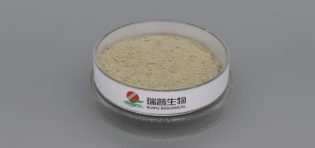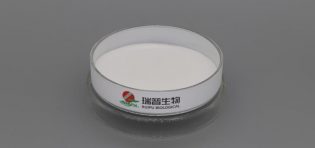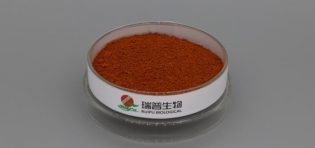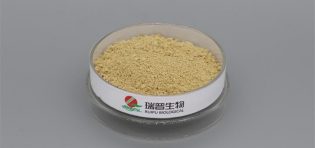
The dosage or concentration of calcium hydrogen phosphate used in various industries can vary based on the specific application and product formulations.It's important to note that in some cases, the terminology used for calcium hydrogen phosphate may vary, and it might be listed under different names such as dibasic calcium phosphate or calcium hydrogen orthophosphate.
As a food additive, the dosage of calcium hydrogen phosphate varies depending on the specific food product.It is generally recognized as safe (GRAS) by regulatory authorities when used within established limits.Typical concentrations may range from 0.1% to 5% in certain food products.
In pharmaceuticals, calcium hydrogen phosphate is used as a tablet excipient or filler.Dosages can vary depending on the formulation, but it is often used in concentrations ranging from 5% to 95% in tablet formulations.
In toothpaste formulations, calcium hydrogen phosphate is used as an abrasive agent.Dosages are typically lower, and concentrations can range from 5% to 50%, depending on the specific toothpaste formulation.
Calcium hydrogen phosphate can be used as a source of calcium and phosphorus in fertilizer blends.Dosages will depend on the desired nutrient content in the fertilizer, and concentrations can vary widely.
In animal feed, calcium hydrogen phosphate is used as a feed additive to provide essential calcium and phosphorus.Dosages are typically determined based on the nutritional requirements of the target animal species.Concentrations may range from 0.5% to 5% in feed formulations.
In water treatment applications, the dosage of calcium hydrogen phosphate can depend on the specific water quality parameters and treatment goals.Concentrations may be determined through water testing and treatment process optimization.
It's important to follow industry standards, regulations, and guidelines when using calcium hydrogen phosphate in various applications.Additionally, specific product formulations, purity levels, and grades may influence the dosage and effectiveness in different industries.Always refer to product specifications, regulatory guidelines, and expert recommendations when determining the appropriate dosage for a particular application.








